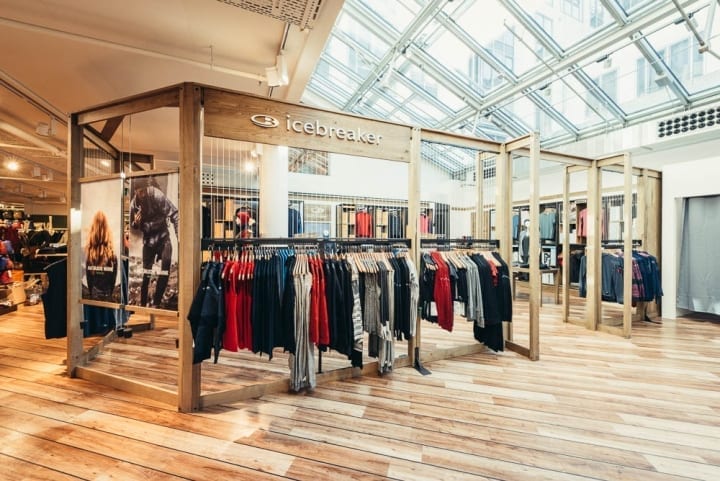
With the competition so steep in today’s retail market, retailers must build on their brand and their customer service in order to edge ahead of the competition. First, they must learn how to better enhance their services so that they can deliver better than their competitors.
In today’s powerful market, owning one’s own brand is tantamount to their success. It can help them to edge ahead of the competition and focus on the reasons that customers are choosing them over the competition. In recent research with some of the larger retails in transforming their labels into their own personal brands, we’ve decided to share the Top 5 discoveries along the way.
- Train Staff
Training staff and keeping them up to date with the latest techniques and changes in the industry should be the number one thing for any business in retail. This is a fast paced business and the companies that invest in the knowhow and skills of their workers are the ones that come out on top. There are plenty of corporate e-learning companies and businesses that can help you with this aspect and it can make all the difference.
- Never Underestimate A Name
Names denote the quality of a product. They frequently revert to the normalcy of the market and how the public perceives the product. It’s imperative to find a name with personality as well as a name that reflects the brand. The name must be powerful and assertive enough to draw the attention of the market. Central to the overall design, a Co-operative Food brand name must show the core values of the company without overpowering the product. The field range must show the corporate logo and brand yet allow the product to shine through. Such a decision is the core value and a frequent strategy that will yield more product sales. This helps to keep the integrity of the company at the forefront of the market. It also helps to unify the range, aid in the recognition of the product and the company and show a sense of warmth and well-being. This, in turn, builds up the confidence for the quality and the taste of the product. Shown in multiple colors, such logos further elevate the notion that the company is involved and has it together. This is a benchmark for the market.
- Don’t Just Sell The Brand, Sell The Product
It’s not just about the sale of the product. The label must denote the brand of the product without overpowering the name of the product. It must tell the customer why this product should stand out from the rest of the market. The best way to do this is to sell the brand as well as the product. For Morrison’s, it had to show that they had their own brand as well as an outstanding product. It had to show their commitment to the quality of the fresh food as well as the reason that the food should be chosen over others foods of different brands. The customer had to feel that this product was the superior product over the other products on the market. It denoted an authenticity and although it was wrapped simply, it stood out from the crowd and the design was personalized with a hand-written script. This gave it a personalized and friendly tone that showed not only quality but also, a personalization that others were lacking. This clearly showed that the market cared about the quality and led the consumers to want to buy something that was “hand-made” just for them.
- Value Denotes Value
It’s easy to choose cheap over quality. It’s done every day in every market. However, it’s not always the best way to shop. More attention must be given to what people are seeking and how to get them what they are seeking. The category must point out that the product is quality and worthy of their attention. The range value must be in line with other products, yet offer a value to the consumer. To break the conventional approach, the products would have to stand out from the crowd and offer the customer a value that other products didn’t offer. This meant that the company had to use a different approach and offer them a different level of value. The value range made customers smile and gave them a superior product. This, in return, yielded a year on year growth of 49 percent and the competition was quickly surpassed.
- Brand Identity
Consider that the brand must identify itself vs just the packaging. Thus, it’s vital to consider the identity of the product as well as the quality. Designs should stand out and focus on the quality of the product as well as identify the brand. Color, packaging, and brand should all stand out and be apparent when considering the retail brands and how to make them stand out. This gives a huge impact on the shopping experience.

